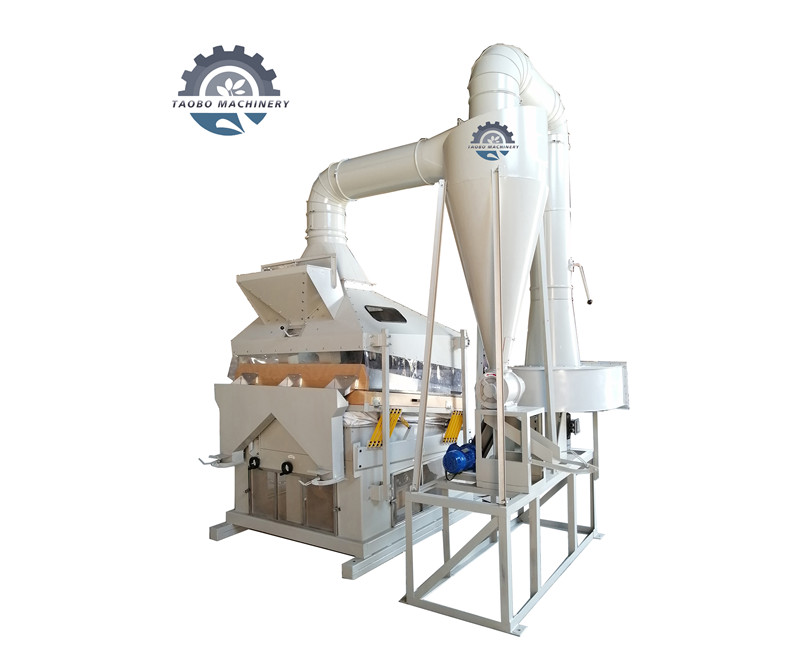Researchers found a fast, cheap, and sustainable way to remove microplastics from polluted water.
iStock / Getty Images Plus / Getty Images Seed Cleaner Plants

Magnets are magnificent. Made of iron, aluminum, nickel, cobalt, and various other metals, they’re used in compasses for navigation, in medical imaging machines to see inside the human body, in kitchens to keep cabinets and refrigerators closed, in computers to store data and in new high-speed “hyperloop” trains that can travel at speeds of up to 76 miles per hour.
For environmentalists, however, the most exciting use yet for magnets might be a newly discovered application out of Australia’s Royal Melbourne Institute of Technology, otherwise known as RMIT University: Using magnets, researchers there have discovered a novel way of removing harmful microplastics from water.
“[Microplastics] can take up to 450 years to degrade, are not detectable and removable through conventional treatment systems, resulting in millions of tons being released into the sea every year,” co-lead research Nasir Mahmood said in a statement. “This is not only harmful for aquatic life, but also has significant negative impacts on human health.”
Indeed, the American Chemical Society (ACS) says the smallest microplastics can penetrate cell membranes and enter the bloodstream. In studies of cells and laboratory animals, it reports, activity has been linked to cell death, inflammation, and metabolic disorders. Given that there could be as many as 125 trillion microplastic particles in the world’s oceans alone, that’s a major cause for concern.
“What we have seen in marine environments is how microplastics can disrupt reproductive systems, stunt growth, diminish appetite, and cause tissue inflammation and liver damage,” environmental health expert Leigh Shemitz of Yale University said in a December 2020 explainer on the topic, in which he noted that the typical human consumes more than 100,000 microplastics particles a year. “As those studies suggest … It is likely that ingesting microplastics, as we all do, could expose us further to some of the chemicals that are found in plastics that are known to be harmful.”
Existing methods for removing microplastics from water take days to execute. RMIT researchers’ magnetic method, however, yields results in as little as an hour. Its secret is a powdered adsorbent that attracts microplastics when it’s mixed with water. Because the adsorbent is made with nanomaterials that contain iron, magnets can be used to easily separate it—along with pollutants—from water.
“The adsorbent is prepared with special surface properties so that it can effectively and simultaneously remove both microplastics and dissolved pollutants from water,” Mahmood said.
The team says its powder additive can remove microplastics that are 1,000 times smaller than those currently detectable by existing wastewater treatment plants. What’s more, it’s made using sustainable methods to ensure that the cure is not worse than the disease.
“The nano-pillar structure we’ve engineered to remove this pollution, which is impossible to see but very harmful to the environment, is recycled from waste and can be used multiple times,” said lead researcher Nicky Eshtiaghi. “This is a big win for the environment and the circular economy.”
Eshtiaghi, Mahmood, and their collaborators published their work in the scientific publication Chemical Engineering Journal. Having successfully tested their method in the lab, their next step is to engage with the industry to further develop it and commercialize it so it can be used to clean up actual waterways.
Concluded Eshtiaghi, “We are looking for industrial collaborators to take our invention to the next steps, where we will be looking at its application in wastewater treatment plants.”
"Infants Have More Microplastics in Their Feces than Adults, Study Finds." American Chemical Society.
Lindeque, Penelope K., et al. “Are We Underestimating Microplastic Abundance in the Marine Environment? A Comparison of Microplastic Capture with Nets of Different Mesh-Size.” Environmental Pollution, vol. 265, 2020, p. 114721., doi:10.1016/j.envpol.2020.114721

Sesame Gravity Table Machine By clicking “Accept All Cookies”, you agree to the storing of cookies on your device to enhance site navigation, analyze site usage, and assist in our marketing efforts.